By Glen Wunderlich
Charter Member Professional Outdoor Media Association (POMA)
Purposely waiting for opening day of trout season to pass, I headed north, as the weekend warriors were already heading home. It’s not that I haven’t been among that crowd, but that’s exactly what was to be avoided. The destination was the Rifle River Recreation Area and what an area it is!

Lodge Lake
Just west of Rose City the expansive 4500 acres (or approximately 7 square miles) include some 10 lakes and ponds, 14 miles of hiking trails and more than 10 miles of streams and the magnificence of the Rifle River itself. Once owned by Harry M. Jewett, president of Paige Motor Car Company of Detroit, it was mind boggling to comprehend.
After his death the private hunting and fishing retreat, including the Grousehaven Lodge, was sold to the State of Michigan Department of Conservation by his widow in 1945. Originally used a field laboratory for fish and game research, it was acquired by Michigan’s Parks Division in 1963.
Not being familiar with the camp sites, I was in need of some direction upon my arrival. Although the ranger shack at the park’s entrance was unoccupied, there were self-serve envelopes available to claim a spot for a $20 per-night fee. I didn’t want just any site but I wanted one that would be remote without the luxury of electrical hook-ups and a wake-up call.
Just then a park employee rolled up in a park vehicle and he was just the person who could help me sort out my new adventure. He said it would be best to select a campsite and return with the envelope designating the particular site. Fortunately, he was there when I had returned with the “claim ticket” and $80 cash for the short-term rental of property rights; I was “in.”
To set up camp consisting of a pop-up camper, a tent and a hot-shower enclosure would take several hours in the otherwise vacant Spruce campground. Yes, I had the place to myself.
However, I was struck by the obvious: Downed, mature Ash trees had littered the landscape, as a result of voracious Emerald Ash borers.

Ash Trees Killed by Emerald Ash Borer
The campsite had been cleared of potential hazardous conditions but the surrounding area along the river was cluttered with millions of dollars’ worth of firewood – all bad for canoes and kayaks, but oh, the fishing!
I made my way downhill to the river, where I found an area barely large enough to stand. It would be a challenge fighting the dense riverside foliage and that of fallen trees in the water. This was the hand that had been dealt and I had to make the best of it.
I had taken 3 fishing rigs on the trip and had already loaded my favorite ultra-light rod/reel combo in the truck with my jon boat for what was to be a lake venture. However, that plan was on hold.
Those free worms that I picked up on my dirt road were about to be tested. In my hand was a less-than-ideal medium action rod and closed-faced Zebco reel – a secondary option that I set up for my great grandkids.
With a flip of the wrist, the 6-pound monofilament line would send the worm and split shot in the current, where a small whirlpool formed. In no time, a nibble turned into a 14-inch brown trout!
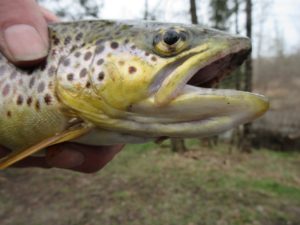
Brown Trout
I sure couldn’t abandon the fishing hole for any lake now.
Before long, that inexpensive rod and reel became my favorite fish getter of all time landing whopper after whopper. In fact, I felt a bit guilty for catching big trout that I decided to leave some fish for others. 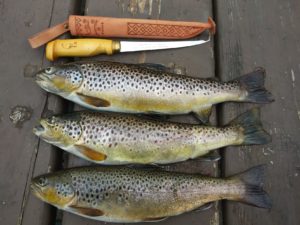 (Five trout per day is the limit but only 3 could be 15 inches or larger – a good problem to have.)
(Five trout per day is the limit but only 3 could be 15 inches or larger – a good problem to have.)
All in all, that one hole produced not only large brown trout but even one small brook trout and another small rainbow trout.
By the second day, I had switched to an ultra-light Fenwick rod and Pfluger open-faced reel loaded with 4-pound monofilament line. What a tussle ensued when I hooked a spectacular 18-inch Brown. See a short video here: Rifle River Trout – YouTube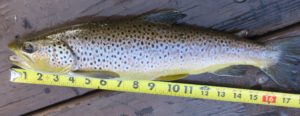
It was all I could do to keep it from getting snagged in the nearby water logs, but success had come.
So, too had the trout breakfast for which I longed.

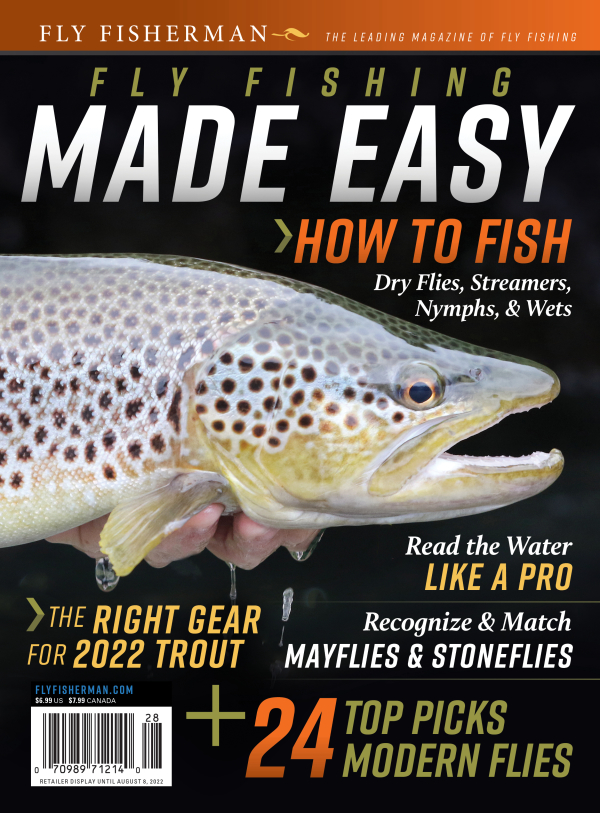





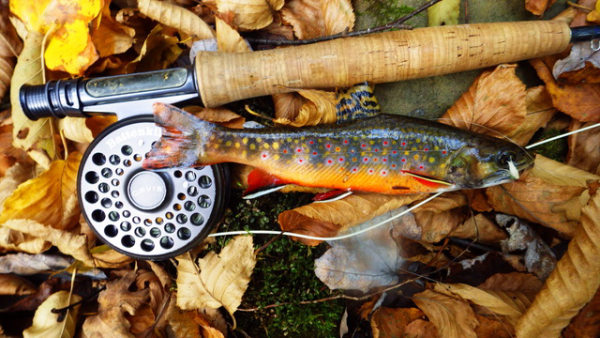
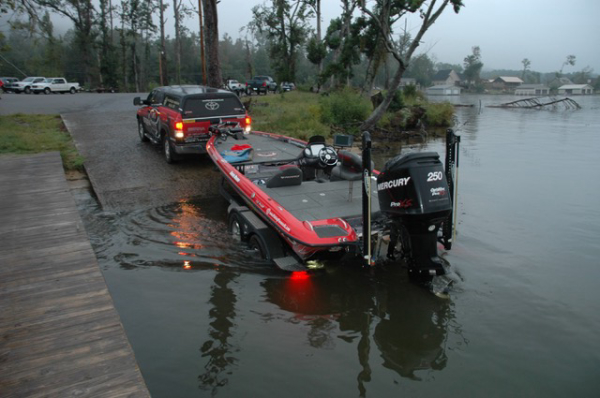

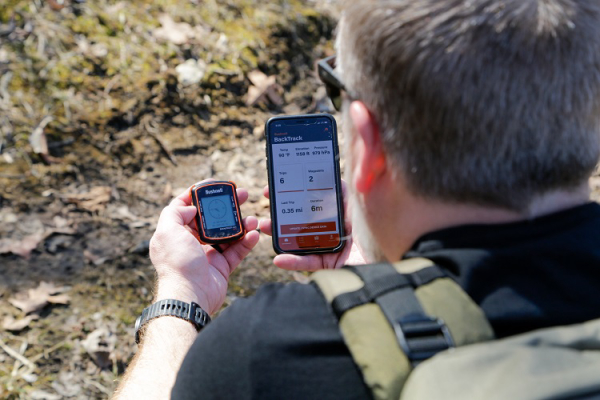
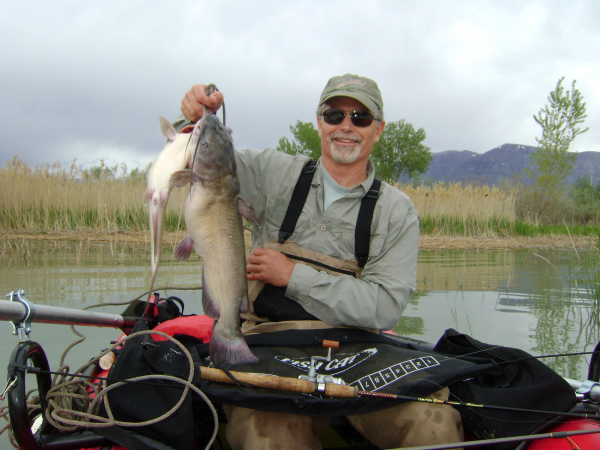
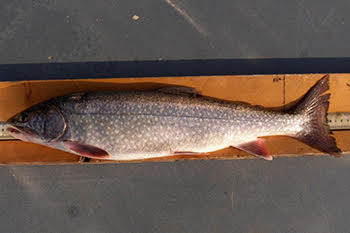



 (Five trout per day is the limit but only 3 could be 15 inches or larger – a good problem to have.)
(Five trout per day is the limit but only 3 could be 15 inches or larger – a good problem to have.)
